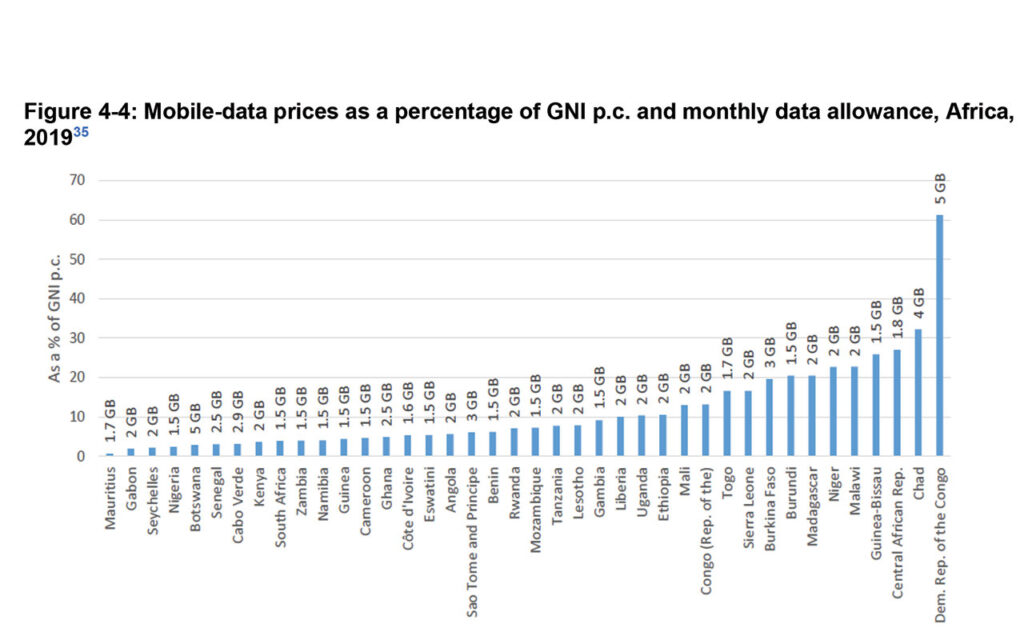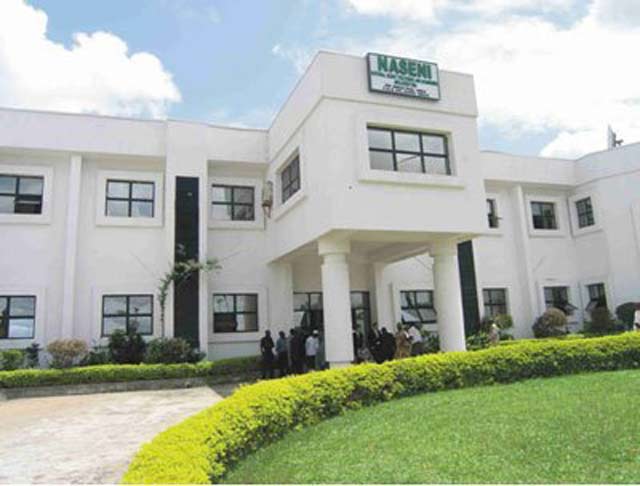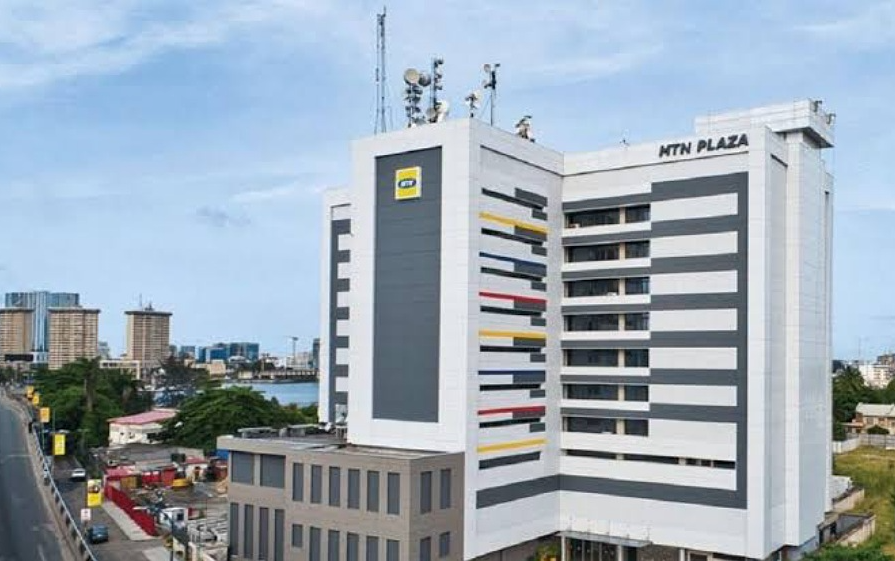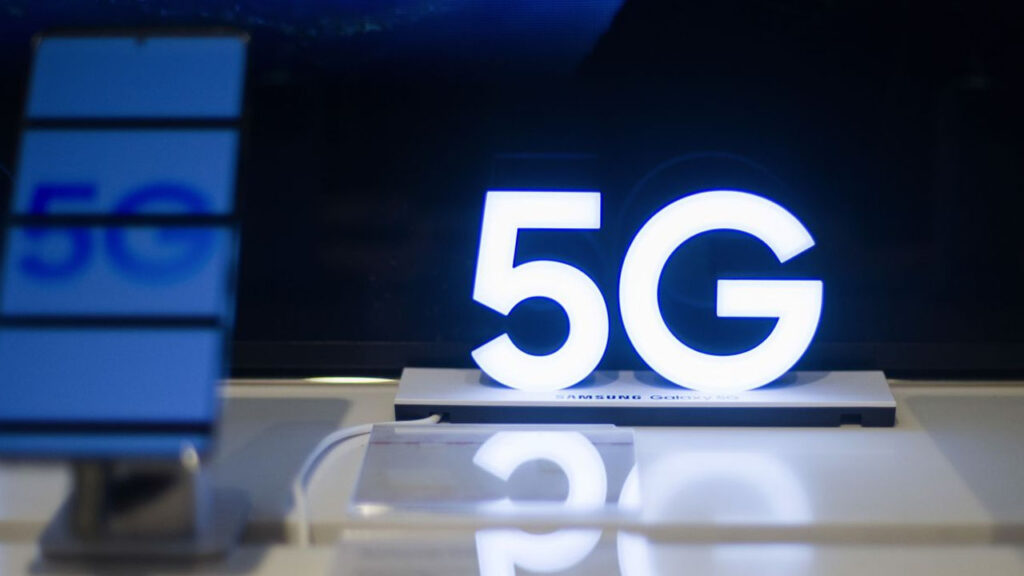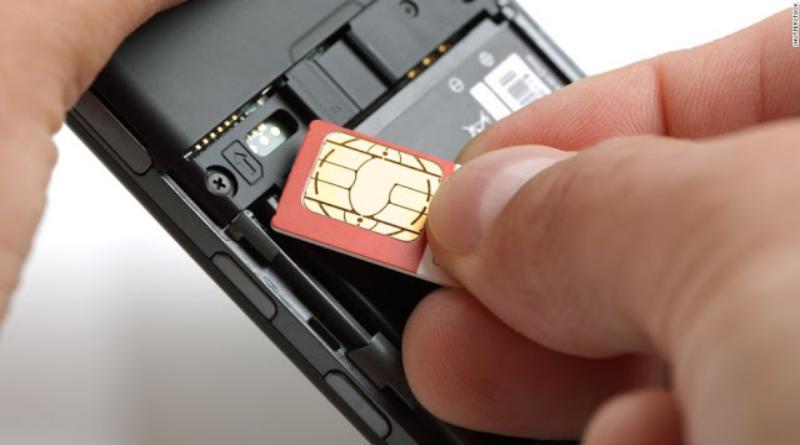 • Subscribers spend over 2% of income on telephone services
• Subscribers spend over 2% of income on telephone services
• Nigeria’s smartphone penetration hits 140m next year
The Internet Corporation for Assigned Names and Numbers (ICANN) said that while provisional estimates showed that Internet users in Africa increased from 4.5 million in 2000 to nearly 600 million in 2022, penetration remained at 43 per cent as against 68.6 per cent in the rest of the world.
ICANN said insufficient infrastructure and the high cost of data and devices, continued to limit people’s ability
ICANN is responsible for coordinating the maintenance and procedures of several databases related to the namespaces and numerical spaces of the Internet, ensuring the Internet’s stable and secure operation.
In the 2023 Africa Domain Name Industry study, a 191-page document sighted by The Guardian, the body said though Africa is a very diverse region, most countries on the continent are at the bottom of the global rankings of digital adoption. It pointed out that while it has significantly improved from 2016, Africa continued to lag behind other regions in Internet access with an average penetration of 43 per cent compared to a world average of 68 per cent. It said this average penetration level, however, masked big differences between countries in Africa with Internet acces s varying from seven per cent in Eritrea to 85 per cent in Kenya.
While there is a wide variation in Internet use between the countries in Africa, the continent lagged behind other regions in the use of the Internet and the development of its local Internet industry.
It said though the number of Internet users in Africa has doubled from June 2014 to December 2021, the global number of Internet users has increaof sed from three billion to five billion. As a result, Africa’s share of the total has increased only marginally, from 9.8 per cent to 11.7 per cent.
According to ICANN, another variation can be seen most notably in Sub-Saharan Africa (SSA) (with a population of 980 million people in 2015 versus 380 million in North Africa). It noted that in 2022, there were about 400 million and 980 million, respectively, saying most Africans access the Internet using mobile phones.
In 2015, the number of mobile broadband subscriptions per hundred people in Africa was estimated at just over 10 per cent compared to a world average of about 47 per cent. By 2019, this figure had increased to 33.1 per cent, compared to the then world average of 75 per cent, however, these figures obscure wide variation between countries.
It observed that the bulk of Internet access using smartphones makes use of apps, which are typically tied to major websites such as Facebook, stressing that smart devices continued to drive Internet usage in Africa, as most Africans access the Internet using smartphones.
According to ICANN, it is estimated that there are 499 million smartphone connections out of 980 million SIM-connections in SSA as of 2022, and mobile subscriber penetration stood at 46 per cent of the population. There are 287 million (25 per cent penetration) mobile Internet users and smartphone adoption rate of 64 per cent of the mobile phone users.
It disclosed that the number of smartphone users in Nigeria, with a population of more than 200 million, is projected to grow to over 140 million by 2025, saying currently, in early 2023, smartphone users were estimated at roughly 25 million to 40 million. The study expects that this number will at least triple within the next five to six years.
ICANN noted that the most significant finding from another study was that Internet browsing via smartphones reached an average of 40 per cent in Africa, with 51 per centhe t of respondents in Ghana, 47 per cent in Nigeria, South Africa at 40 per cent, Kenya (34 per cent) and Uganda (29 per cent).

